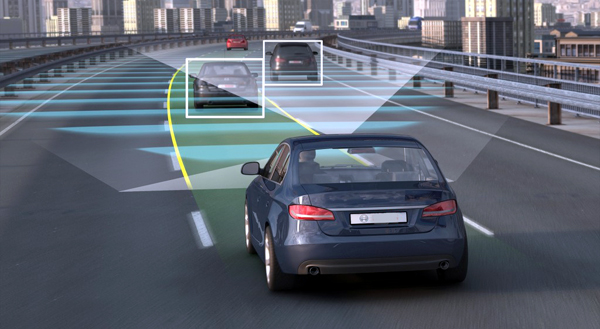
Team 36
Team Members |
Faculty Advisor |
Timothy O'Reilly |
Fei Miao Sponsor Other |
sponsored by

The modern world relies on road vehicles for almost every aspect of life. However, the speed at which these vehicles operate can make them deadly in human hands. Improvements in computing hardware, sensors, and machine learning algorithms have the potential to reduce the deaths, injuries, and damage to property caused by automotive accidents as well as increasing the economic efficiency of road vehicles. Moving into the future, new methods must be developed to minimize the number of accidents on the road. New control systems may be able to outperform human drivers in safety and could replace them entirely. Mitsubishi Electric Research Laboratories has contacted the University of Connecticut Senior Design program and has asked them to design a vehicle testbed and implement a deep neural network for self-driving vehicles. CSE Senior Design Team 36 focused on the development of these methods in collaboration with a team of Electrical Engineering students who assembled the vehicle testbed that would evaluate the validity of the path planning algorithm. The neural network is designed to plan the path of the vehicle and appropriately adjust its course to avoid collisions and stay within the lane. The specific neural network structure that was used by the senior design team was inspired by a proposal from Dr. Karl Berntorp, published as US Patent 9989964B2. The vehicle testbed includes a sensor suite that will allow the vehicle to make real-time measurements of its surroundings and make decisions accordingly to maintain safe operation.
